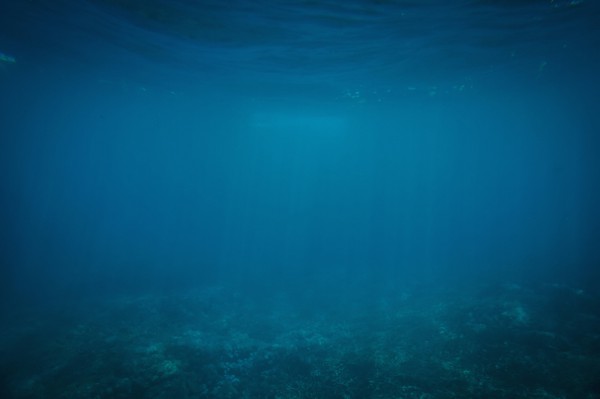Getting to the bottom of it: Side-scan sonar
M/Y Evivva's Captain Ken Bracewell explains why the use of side-scan sonar is so important as a superyacht captain.…
One piece of equipment, which I had rarely used prior to joining my current boat, is ‘side-scan sonar’. Now, after having this available to me, I can’t imagine cruising to remote locations, where charts are not always accurate, without “Snoopy” (as I’ve affectionately begun referring to ours).
The premise for this technology is pretty simple; the sonar works very much like a common sonar/fish finder, except the beam can be directed in any direction below the surface, for as far as you like (within reason) and in whatever sector you choose.
According to Wikipedia, “Side-scan uses a sonar device that emits conical or fan-shaped pulses down toward the seafloor across a wide-angle perpendicular to the path of the sensor through the water, which may be towed from a surface vessel or submarine, or mounted on the ship's hull. The intensity of the acoustic reflections from the seafloor of this fan-shaped beam is recorded in a series of cross-track slices. When stitched together along the direction of motion, these slices form an image of the sea bottom within the swath (coverage width) of the beam. The sound frequencies used in side-scan sonar usually range from 100 to 500kHz; higher frequencies yield better resolution but less range.”
On Evviva, we tend to cruise in areas that are a bit off-the-beaten-track, so I rarely enter an anchorage without side-scan sonar deployed.
Like any piece of equipment, it takes time and practise to learn how to adjust for optimal results. The main user-input variables with sonar are the following: sector (arch-degree of the sweep), range, tilt angle (from directly ahead to straight down, and cannot take excess pressure from the flow of water), train (relative angle of transmission) and gain. Also, like any piece of equipment, there is often a trade off for each of these adjustments based on the given conditions. It takes time to work out what works for you, so don’t wait until you need the sonar to learn the best parameters.
On Evviva, we tend to cruise in areas that are a bit off-the-beaten-track, so I rarely enter an anchorage without side-scan sonar deployed. I’ll generally run the beam at a 160-degree sector out to a range of 400ft, at a down-angle of 10 to 12 degrees. At a speed of between five and seven knots (10 knots maximum, because the sonar has to be lowered) and gain of roughly 4.5, this gives us plenty of time to assess any upcoming threats on our intended path. There can be lots of potentially dangerous depths that will show up at the far end of the range, but as you get closer the non-threatening objects will disappear from the scope as the sonar angle causes the signal to pass over them. If the object remains in the beam as you approach, you’ll know that it is close enough to the surface to warrant avoidance. I’ll then often increase the sector to a 360-degree sweep prior to dropping anchor, in order to make certain there aren’t any threats that we could swing into on the hook.
here have been many times where Snoopy has helped me to avoid very dangerous encounters with uncharted rocks.
On Evviva we have a Furuno-CH250, but I am sure there are other models that are equally good.
NEW: Sign up for SuperyachtNewsweek!
Get the latest weekly news, in-depth reports, intelligence, and strategic insights, delivered directly from The Superyacht Group's editors and market analysts.
Stay at the forefront of the superyacht industry with SuperyachtNewsweek
Click here to become part of The Superyacht Group community, and join us in our mission to make this industry accessible to all, and prosperous for the long-term. We are offering access to the superyacht industry’s most comprehensive and longstanding archive of business-critical information, as well as a comprehensive, real-time superyacht fleet database, for just £10 per month, because we are One Industry with One Mission. Sign up here.
NEW: Sign up for
SuperyachtNewsweek!
Get the latest weekly news, in-depth reports, intelligence, and strategic insights, delivered directly from The Superyacht Group's editors and market analysts.
Stay at the forefront of the superyacht industry with SuperyachtNewsweek




